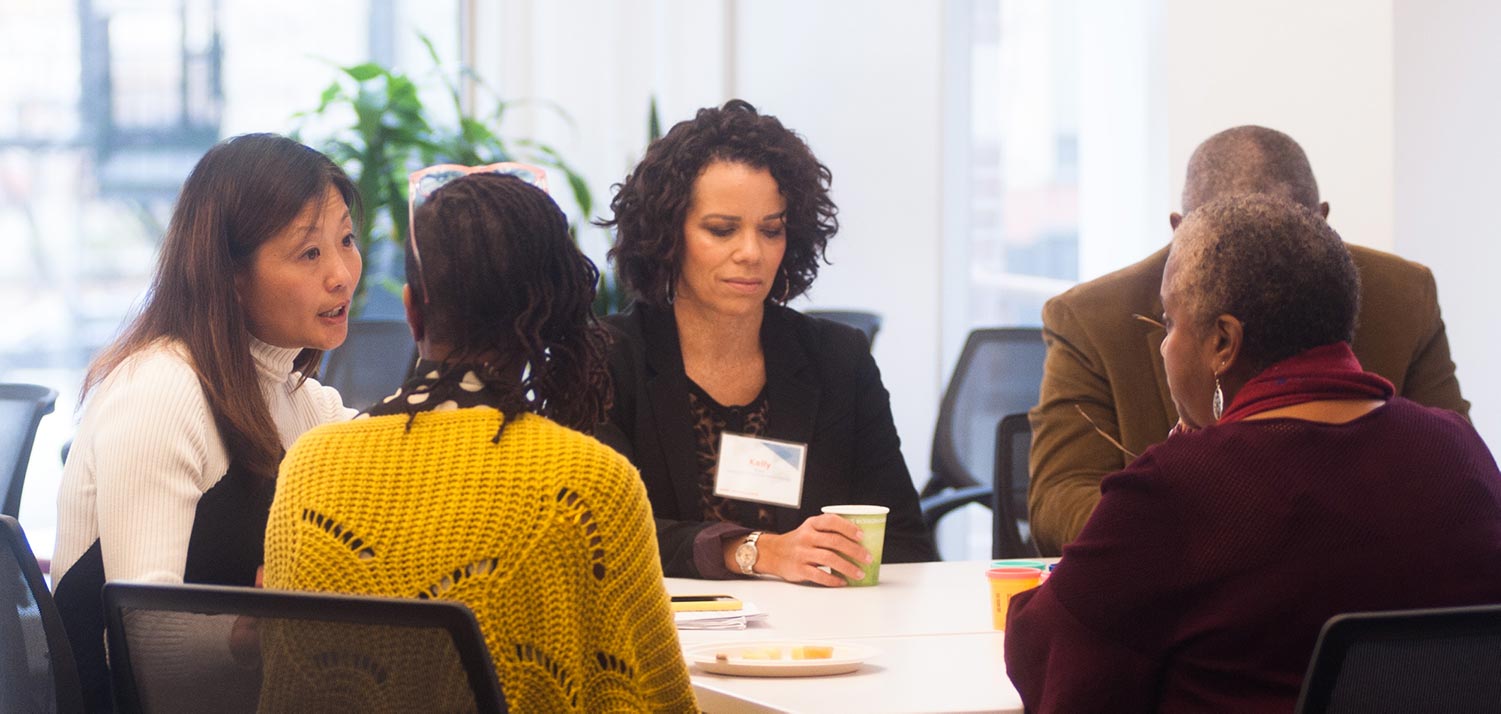Building robust communications plans is not always top of mind for nonprofit organizations, particularly those with smaller staffs where people wear many hats. However, in times of crises it can become apparent how important being able to communicate with your stakeholders really is.
You don’t need a full-time communications staff member to provide your audiences with the information they need, but you should invest some time into building a thoughtful plan that will allow your team to make smart, strategic communications choices.
Here are some helpful tips from TSNE for building a proper communications plan in the midst of a crisis and constructing effective, audience-specific messages.
Create a Communications Plan
Building a communications plan allows you to think through how and when you want to communicate with your key audiences. Take the following steps to build your plan.
- Identify your key audiences
Think about all of the people you will need to share information with during the crisis and jot them down. For example, children’s afterschool audiences could include: Internal Staff, Funders, Individual Donors, Ticket Buyers/Event Attendees, etc. - Establish how often you think these audiences might need to hear from you
Your internal staff needs to be kept up to speed at all time. It is recommended that leadership communicate with them at least twice per week. By communicating with staff early, often and on a regular schedule you will keep their trust, inspire confidence, and eliminate opportunities for rumors or gossip. Evaluate how often you need to be in touch with external stakeholders — you will want them to informed and up-to-date, but don’t want oversaturate them if you do not have much new information to share. - Identify the staff member who should be responsible for reaching out to your key audiences
The person in your office who holds the closest, most meaningful relationships with your audience should be the person to reach out to them. For example, your Director of Development is probably the best point person for outreach to individual donors, where your Executive Director is the best point of contact for funders. - Think proactively about what you want to share with your audiences
If you decide to send emails out to your individual donors every Monday, don’t wait until Monday morning to decide what you want to share with them. Keep an ongoing list of items you want to share and prioritize which messages are the most urgent. You don’t want to communicate too many messages in a single email, so schedule them out ensuring that each email has a clear focus.
Communications Tips
- Communicate with empathy and be thoughtful in your writing
Lead with empathy! Everyone is in the same boat right now — in fact, if you are still on payroll you might be faring better than the people reading your emails at home are. Communicate with your audiences in a way that reflects our shared struggle in the face of the ongoing COVID-19 crisis. - Be clear and concise
In the same way that we are all in this crisis together, many of us are also busy navigating all of the constant changes the crisis brings. Keep this in mind when drafting your communications. Be clear, concise, and to-the-point. Your message should have a clear focus. - If you have an ask, make it
With so many businesses struggling right now it can feel awkward to make an ask — particularly of a financial nature. Keep in mind that your donors and funders are part of your organization because they care deeply about what you do. They WANT to know how they can help — so ask for what you need. Making a donation — financial or otherwise — will make them feel good and like they can make a difference when so much feels out of their control. - Engage your communications team if you have one
If you have a person on staff responsible for communications, have them actively engaged in the writing process. They should be reviewing all of your communications to check for clarity, tone, message, and general proofreading. If you do not have a communications person on staff, have another staff member read your messages — a fresh set of eyes can see things you might not.
Sample Communication
Tips and guidelines are all well and good, but how do you put it into practice? Here is a sample.
Organization: Fictional Boston Children’s Resource Center, an afterschool program
Audience: Families who send their children to the center
Sender: Director of Educational Programs — the person families know best
Purpose of Email: Financial Ask
Dear Jane,
We know how hard things are right now. Your kids are out of school for the foreseeable future and you’re trying to keep them entertained while also working from home. We get it. (LEADING WITH EMPATHY)
You have been there to support the Boston Children’s Resource Center and we want to continue to be there for you — even from afar. Every Monday-Friday, we will be hosting online classes at bcrc.org covering a variety of topics from art history to zoology. Now you can keep your kids engaged and get a break for that next video call with your officemates. (A REMINDER OF WHY YOU MATTER TO YOUR DONOR)
To keep our programs going in these uncertain times, BCRC could really use your help. A donation of any kind would help us keep our staff in place to keep providing content for your children and make it easier for us to get up and running once we are able to open our doors. (MAKE A CLEAR ASK)
Please show your support with a gift today.
We miss you and can’t wait to see you back at the BCRC in person soon!
Sincerely,
Cindy Lou Who
Director of Educational Programming
